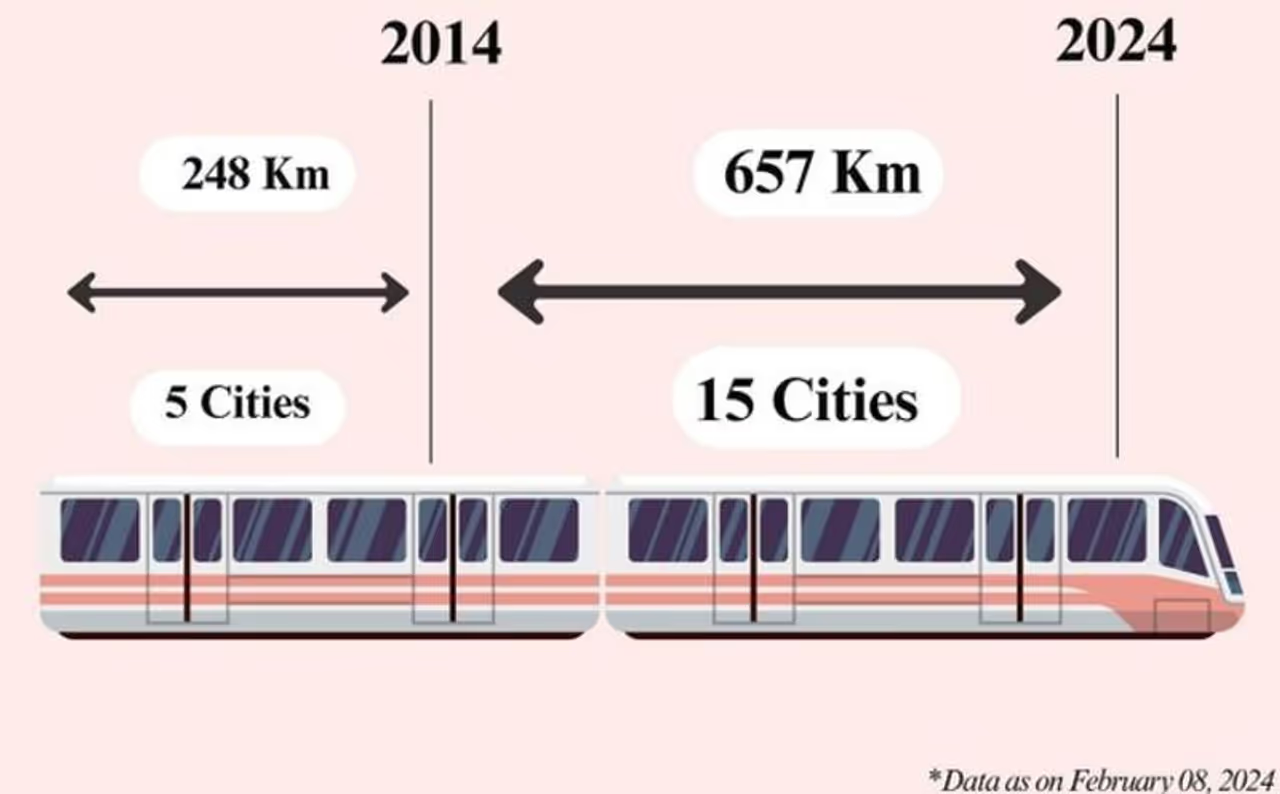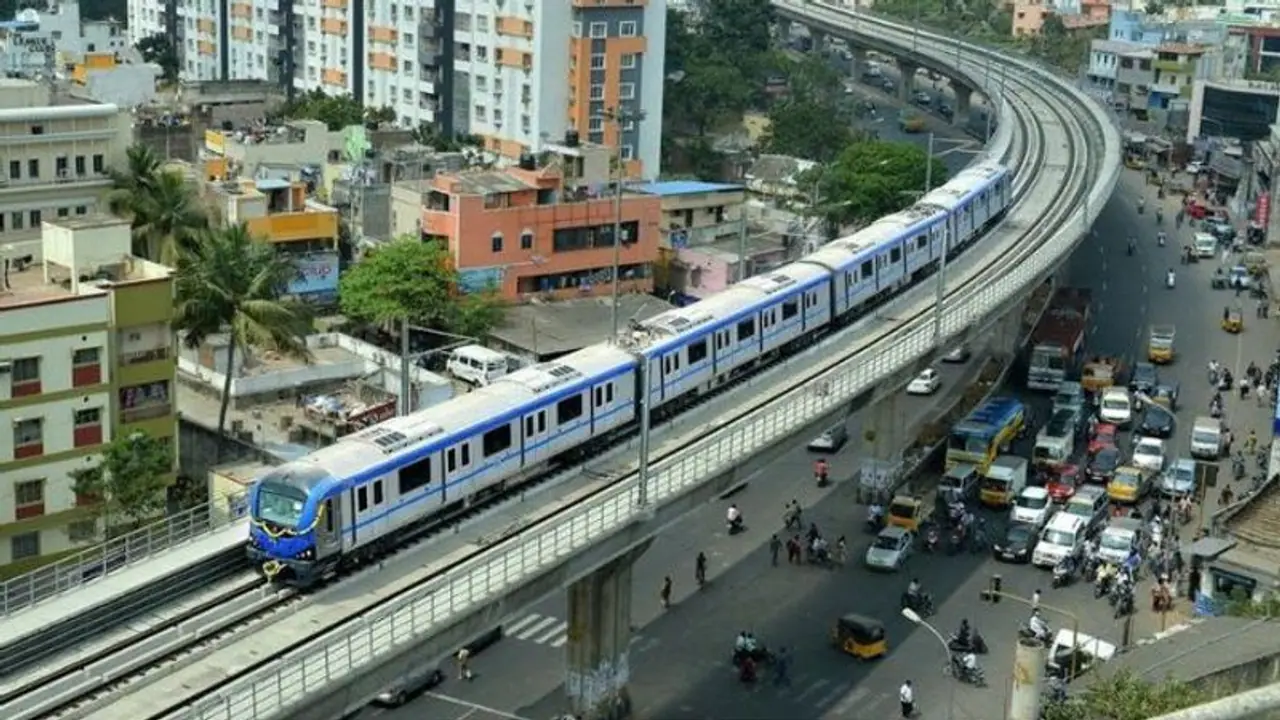Cities once used to grapple with traffic congestion and pollution, making public transport a challenge. However, the Metro Rail system has revolutionized urban transportation, offering an efficient, cost-effective, and environmentally friendly solution.
The Metro Rail system has brought about a significant transformation in urban commuting, providing essential relief to the urban populace with approximately 1 crore passengers utilizing the metro daily. Before the Metro Rail's inception, urban residents grappled with substantial commuting challenges, including persistent traffic congestion and environmental pollution, which posed significant health hazards.

Addressing Urban Commuting Challenges
The rapid growth of the urban population exacerbated commutation challenges, making existing public transport options financially burdensome for many. However, the Metro Rail system has revolutionized urban transportation, offering an efficient and cost-effective solution while mitigating adverse environmental impacts. In 2017, the Union Cabinet, under the leadership of Prime Minister Narendra Modi, approved a new Metro Rail Policy aimed at fulfilling the growing metro rail aspirations of numerous cities responsibly.

Metro Rail Expansion
Over the past nine years, the Metro Rail Network has witnessed substantial growth, with 657 km added across the country. Currently, about 905 km of metro rail lines are operational in 20 cities, while 959 km is under construction in 27 different cities, signifying the government's commitment to expanding urban transportation infrastructure.
Technological Advancements
Several technological advancements have been introduced in the last decade to enhance the efficiency and safety of metro rail systems:
Namo Bharat Train: India's first State of Art Namo Bharat train, with a design speed of 180 km/h, has been introduced on the Delhi-Meerut RRTS corridor, offering enhanced speed and efficiency.
European Train Control System (ETCS): The implementation of ETCS level II with a Hybrid level-III radio-based train signaling system on Namo Bharat trains ensures passenger safety to a new level.
Platform Screen Door (PSD): The introduction of PSD, developed jointly by Bharat Electronics Limited (BEL) and the National Capital Region Transport Corporation (NCRTC), enhances safety and reduces the risk of accidents.
National Common Mobility Card (NCMC): The NCMC facilitates seamless travel across NCMC-enabled transport systems in the country.
QR-based Ticketing: The QR-based ticketing system simplifies ticket booking through mobile-based apps.
Unmanned Train Operations (UTO): UTO, operational in the Pink and Magenta Lines of the Delhi Metro Rail Corporation, improves efficiency and resource utilization.
Indigenous Automatic Train Supervision System (i-ATS): India's first Indigenously built Automatic Train Supervision System, developed by DMRC and BEL, has been implemented on the Red Line of the Delhi Metro, ensuring smooth operations and safety.
